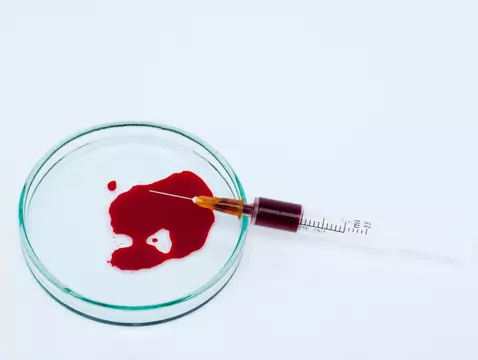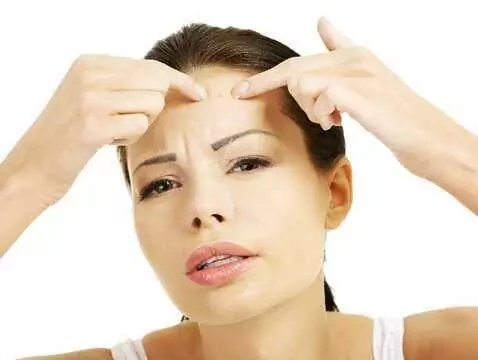Turmeric is a plant with numerous health-promoting properties, particularly beneficial for the skin. The main raw material used in both cooking and cosmetics is its rhizome, rich in curcuminoids and essential oils. Turmeric has an antioxidant effect, slows down the ageing process, brightens the skin and accelerates wound healing. Thanks to its anti-inflammatory properties, it is used in the treatment of psoriasis, acne and atopic dermatitis. It can be applied directly to the skin as a mask with other homemade ingredients, such as yoghurt and aloe vera, and in the form of cosmetics containing turmeric extracts.
Ad:









